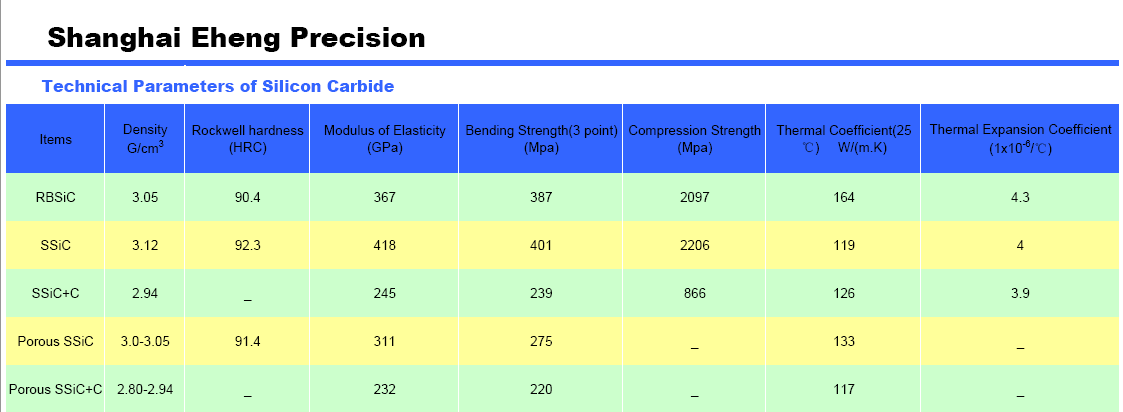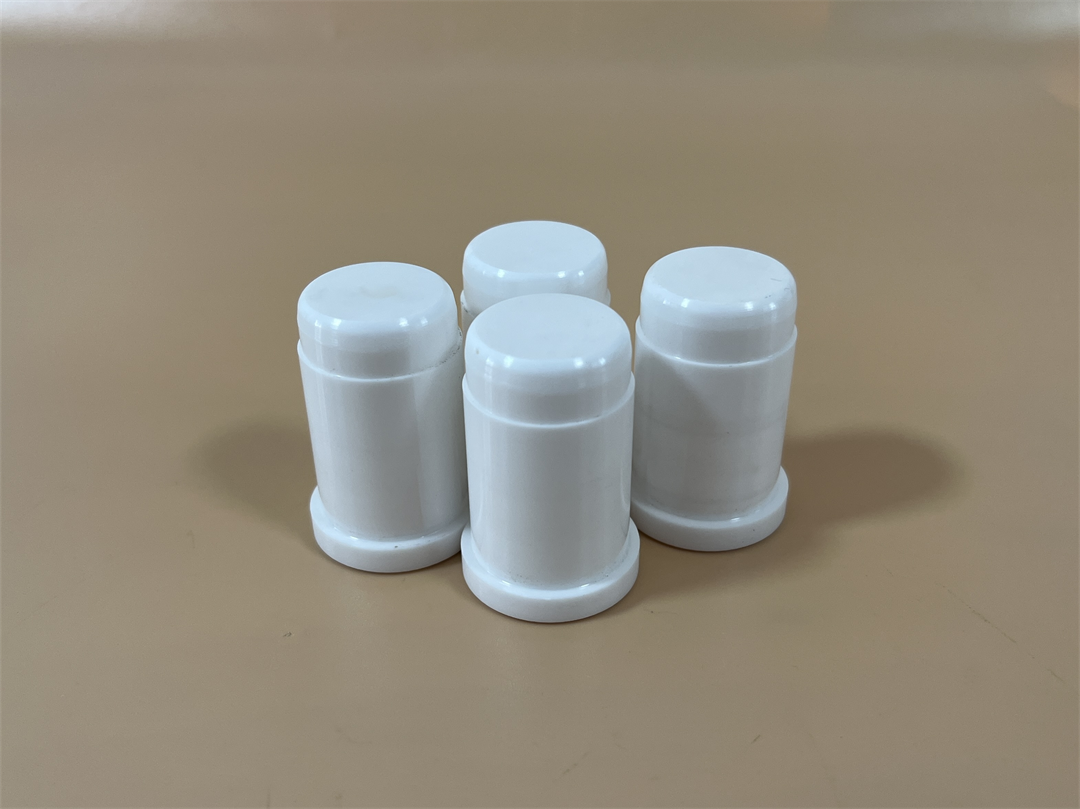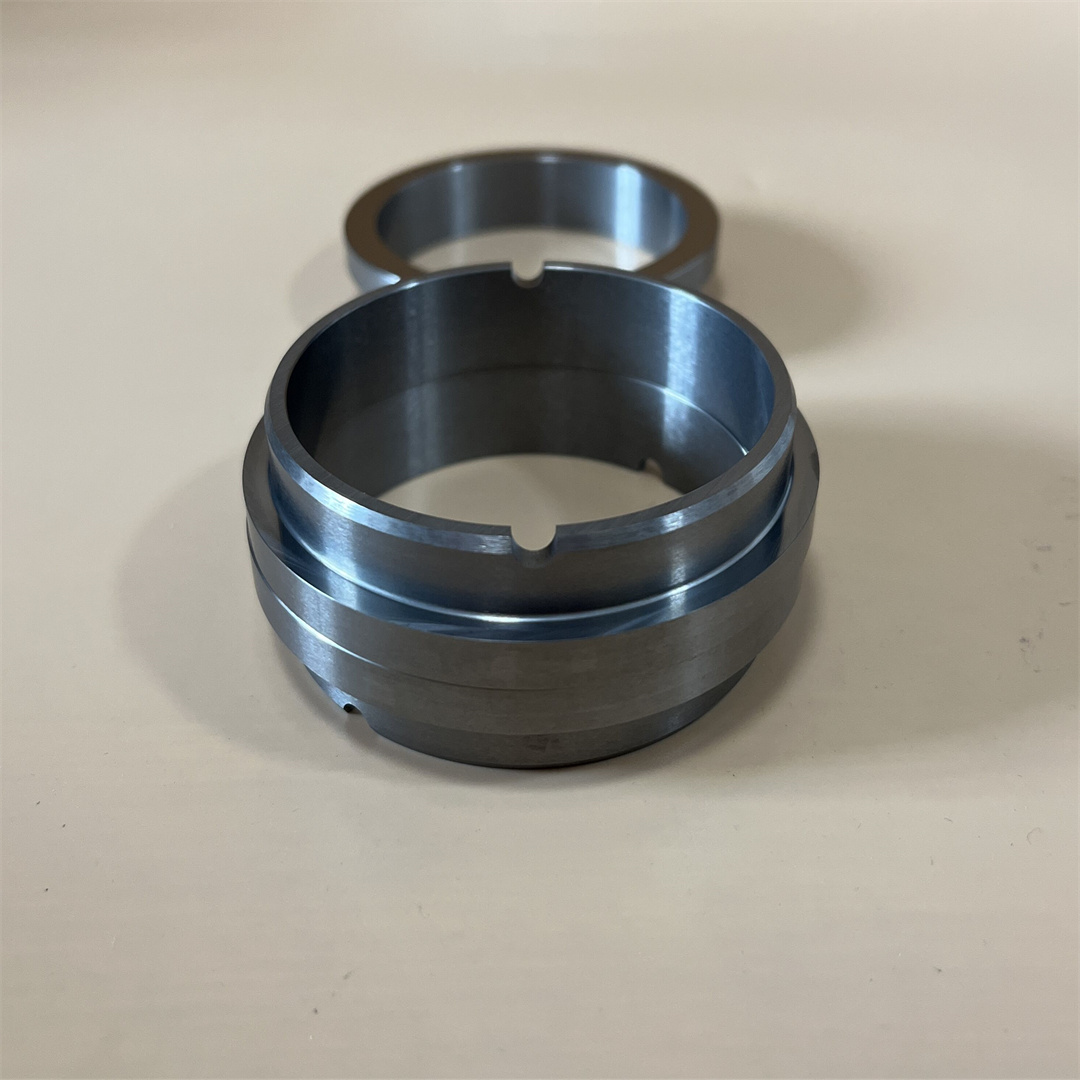-
silicon carbide ceramic Orifice Plates: A Revolution in Industrial Fluid Control
Introduction
In industrial applications where fluid control is critical, the choice of material for components such as orifice plates can significantly influence performance, durability, and efficiency. Silicon carbide (SiC) ceramic has emerged as a superior material for these applications, offering exceptional properties that address the limitations of traditional materials like metals and other ceramics. This article delves into the advantages, applications, and technological impact of silicon carbide ceramic orifice plates. -
What is Silicon Carbide?
Silicon carbide is a compound of silicon and carbon known for its exceptional hardness, thermal stability, and resistance to wear and corrosion. It is produced through several methods, including the Acheson process, chemical vapor deposition (CVD), and sintering, each yielding different forms of SiC suited for various applications.
-
Properties of Silicon Carbide Ceramic
1. Hardness and Wear Resistance: SiC is one of the hardest materials available, surpassed only by diamond and boron carbide. This hardness makes it exceptionally resistant to abrasion and wear, extending the lifespan of components made from it.
2. Thermal Stability: Silicon carbide retains its mechanical properties at high temperatures, making it suitable for applications involving extreme thermal environments. It has a melting point of about 2,700°C (4,892°F).
3. Corrosion Resistance: Sic ceramic is highly resistant to chemical corrosion, which is crucial for fluid control systems handling corrosive liquids and gases.
4. Low Thermal Expansion: The low thermal expansion coefficient of SiC minimizes deformation under temperature variations, ensuring dimensional stability and precision in orifice plates.
5. High Thermal Conductivity: Silicon carbide’s excellent thermal conductivity facilitates efficient heat dissipation, reducing the risk of thermal damage and maintaining the integrity of the orifice plate.
Applications of Silicon Carbide Ceramic Orifice Plates
Silicon carbide ceramic orifice plates are used in various industries, including:
1. Chemical Processing: The chemical resistance of SiC makes it ideal for controlling the flow of aggressive chemicals in processing plants, ensuring long-term reliability and reducing maintenance needs.
2. Petrochemical and Oil & Gas: In these sectors, SiC orifice plates manage the flow of crude oil, natural gas, and other hydrocarbon fluids. Their wear resistance is particularly beneficial in abrasive environments, such as those involving sand-laden fluids.
3. Power Generation: SiC orifice plates are employed in high-temperature and high-pressure environments, such as those found in power plants, to regulate steam and other fluids with minimal degradation over time.
4. Water Treatment: The corrosion resistance of SiC makes it suitable for use in water treatment facilities, where it can handle various water chemistries without deteriorating.
Advantages Over Traditional Materials
Compared to traditional materials like stainless steel and other ceramics, silicon carbide ceramic offers several advantages:
- Longevity: The durability of SiC reduces the frequency of replacements and downtime, leading to lower overall maintenance costs.
- Precision: The material’s stability under varying thermal conditions ensures that orifice plates maintain their shape and function, providing consistent flow control.
- Efficiency: High thermal conductivity helps in maintaining optimal operating temperatures, which can enhance the efficiency of fluid control systems.
Conclusion
The adoption of silicon carbide ceramic for orifice plates marks a significant advancement in the field of fluid control. Its exceptional properties of hardness, thermal stability, and resistance to wear and corrosion address the shortcomings of traditional materials, offering enhanced performance and longevity. As industries continue to demand higher efficiency and reliability, silicon carbide ceramic orifice plates are set to become a staple in critical fluid control applications, driving advancements in industrial processes and technology.

For more details,contact us freely.
 Shanghai Eheng Precision Technology Co.,LTD
Shanghai Eheng Precision Technology Co.,LTD



